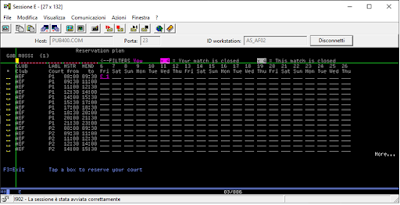(IBM i fans only) Extracting Data from DB2 to Excel with ODBC

Configuring ODBC is the first crucial step to enable data transmission between your PC and the IBMi server (AS400). In my example, I am using the Windows 10 operating system and want to extract data from the public IBMi server PUB400.COM. However, make sure to configure ODBC to point to your specific IBMi environment. ODBC Configuration on Windows: 1. Open "ODBC Data Sources" in either 32-bit or 64-bit (in my case, 64-bit). 2. Select "iSeries Access ODBC Driver" and click "Add". **Data Source:** Specify the data source name. 3. Fill in the nine configuration tabs: - **Server:** Indicate the address of your IBMi server. - **Libraries:** List the libraries containing the files you want to access. 4. Once the tabs are filled, click "Apply" and "OK". Extracting Data to Excel: 1. Open Excel. 2. Go to "Data" and then "Get Data". 3. Select "From Other Sources" and choose "From Microsoft Query". 3b. ...








